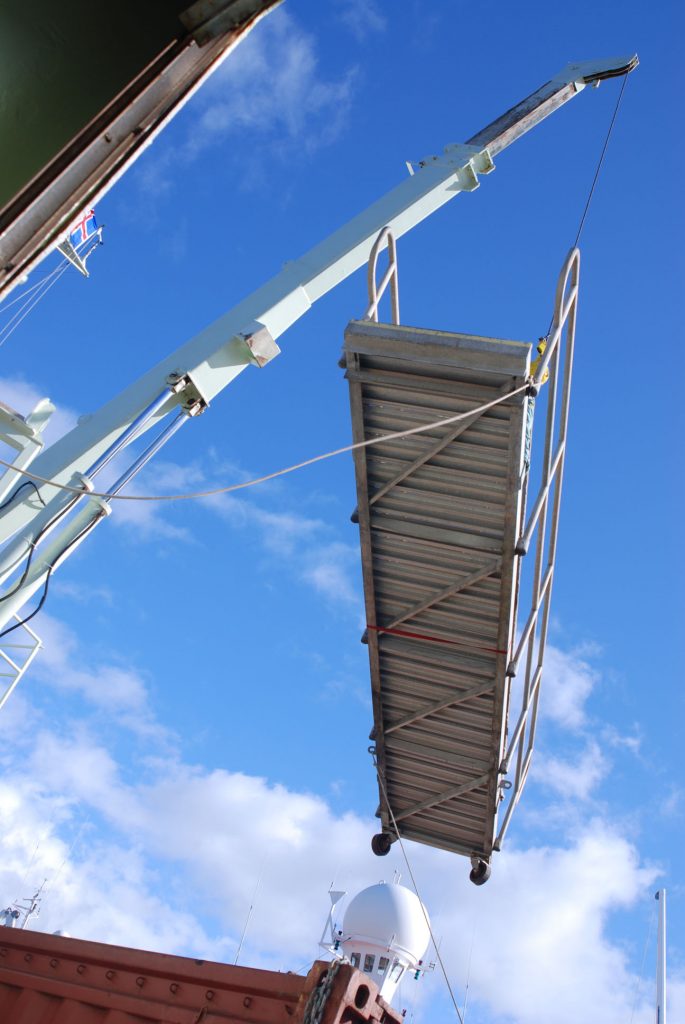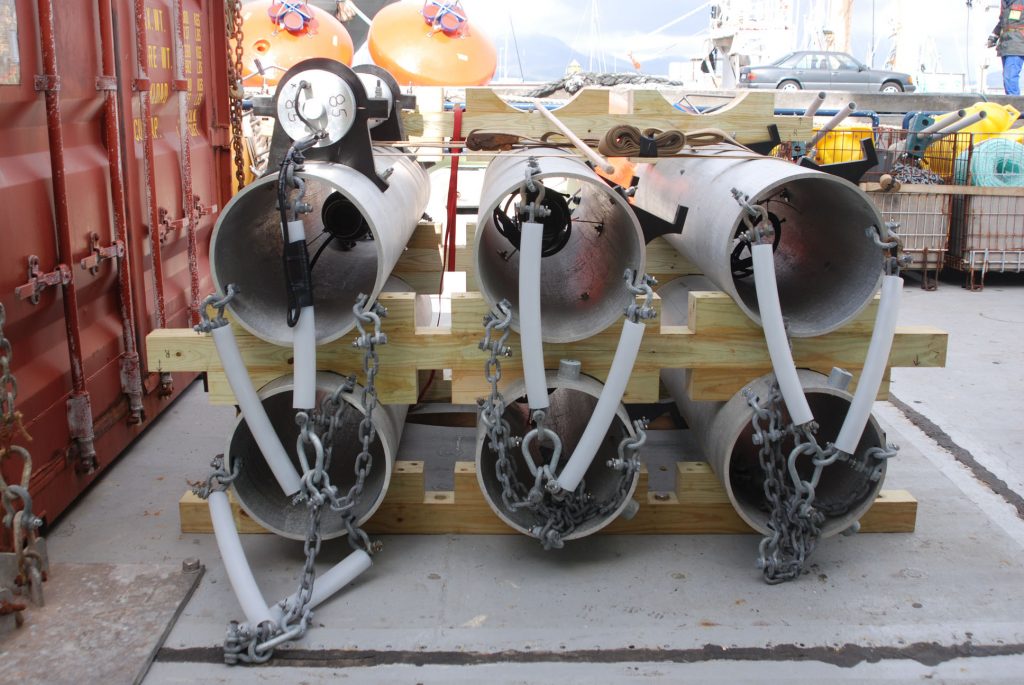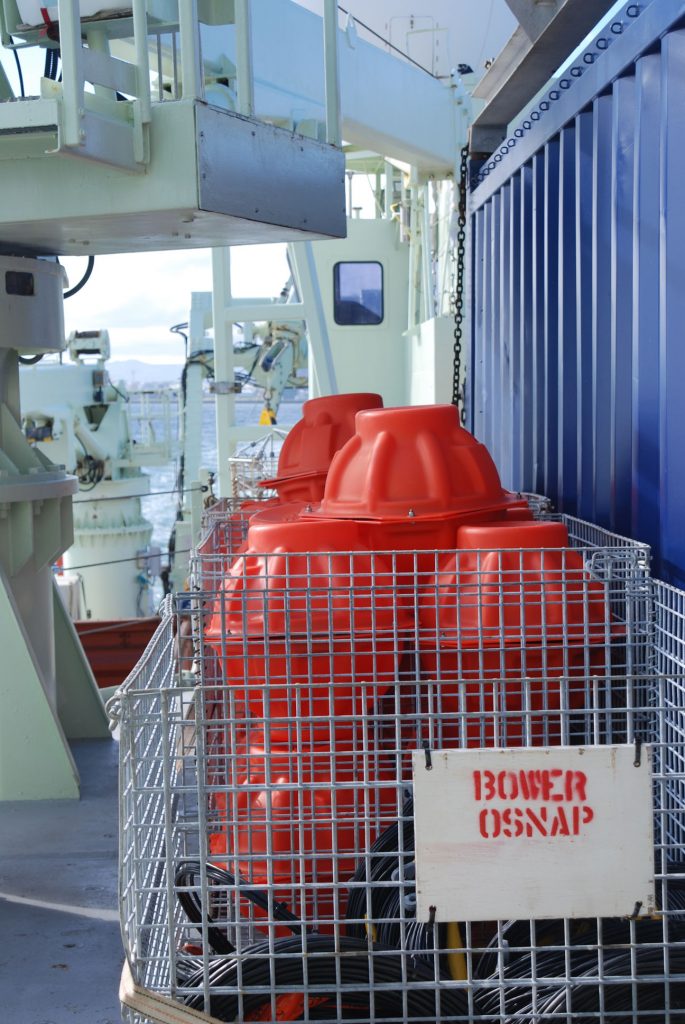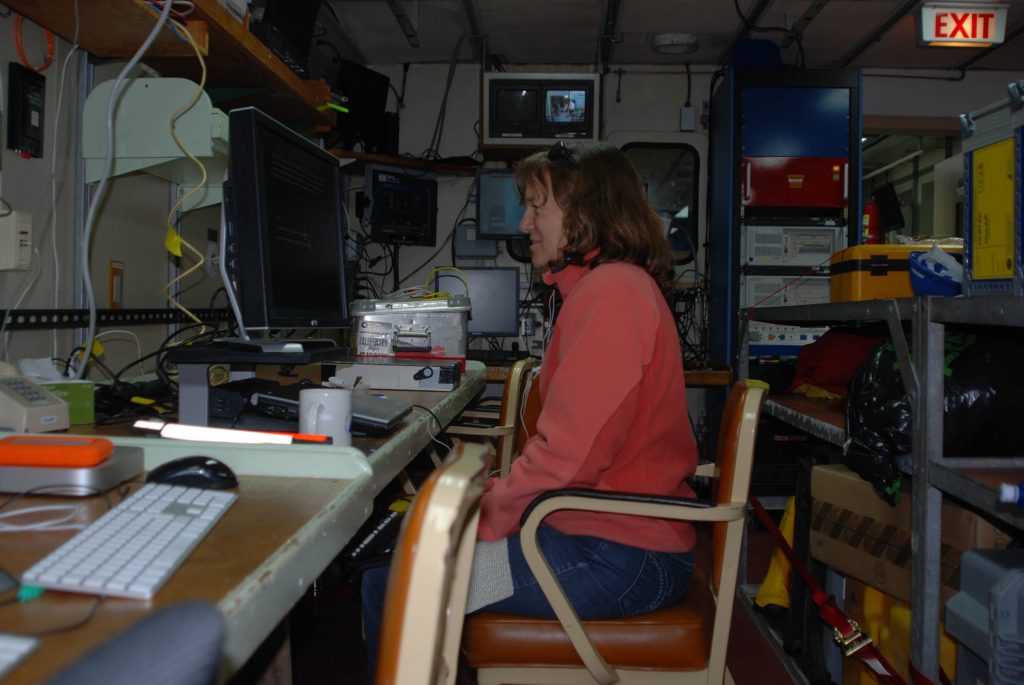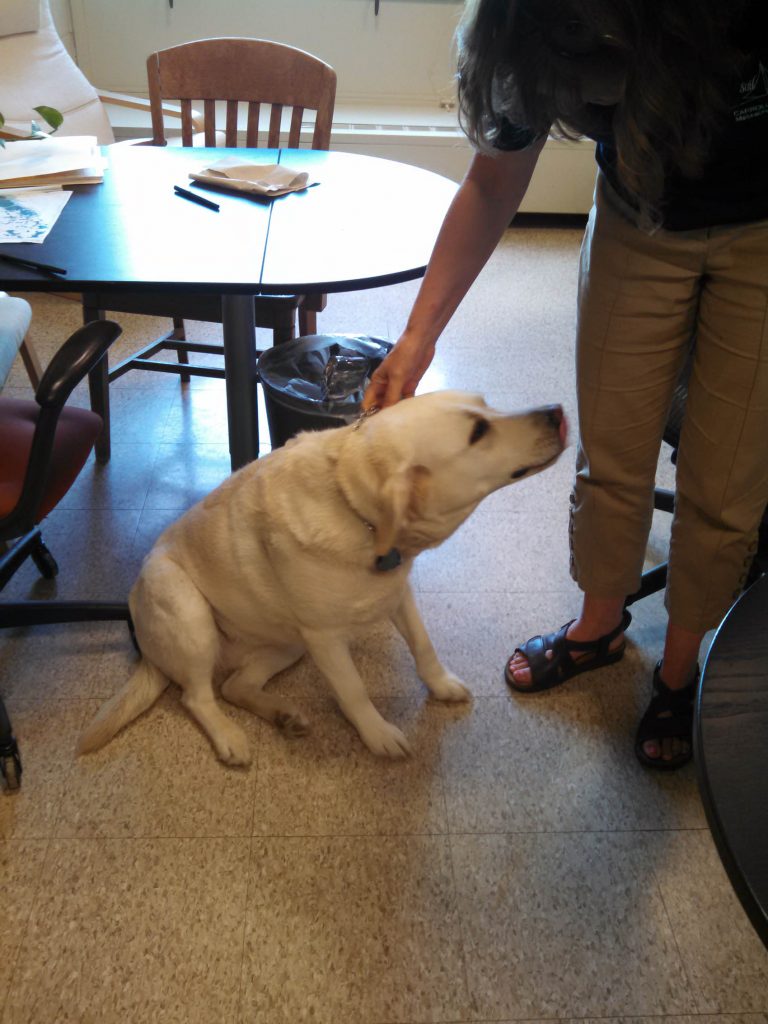Good News for Floats, Part 2
This brings me to the first good news for the OSNAP float program. The first three of the 10 OSNAP sound sources were deployed from the Knorr as it made its way from Woods Hole to Reykjavik. At the same time, two “monitoring” RAFOS floats were released with a shortened mission. Their purpose was just…
Departure Day
We finally left Reykjavik today at 0900 as scheduled, under sunny skies. Temps are still chilly – around 50F. But we are steaming downwind so the ship has a rather gentle roll – good for getting those sea legs. We are heading more or less to our first moorings site, which will take about two…
First Good News for OSNAP Float Program!
This morning the OSNAP float group got some good news. Before I reveal the good news, I need to explain how floats are being used in OSNAP. Freely drifting, neutrally buoyant floats will be released from the ship and sink down to near the sea floor. There they will drift with the deepest currents in…
World Cup Action in Iceland
Even though Iceland doesn’t have a team competing for the World Cup, the residents are just as crazy about soccer as most of the rest of the world. Last night we caught the end of the Brazil-Columbia game at a local English bar with huge TV screens all around. And the place was packed with…
Another Day in Port – Getting Ready to Sail on Sunday
Work continued around the Knorr today as the various groups from the U.S., U.K. and the Netherlands loaded their oceanographic instruments on board and began assembling the deep-sea moorings. The moorings typically consist of several very long pieces (called “shots”) of wire rope that are shackled together to make one long string that might be…
First Day On Board
So this is Iceland. And the name fits the weather, especially compared to the weather we had in Woods Hole just before leaving for this research cruise. It’s about 50F, very windy and scattered rain showers and rizzle. Not so unusual for an island in the middle of the northern part of the North Atlantic….
On our Way
Here begins the chronicle of my experiences as a scientist who is blind. My hope is that these posts will be interesting to anyone who is curious about how professional blind people continue to follow their passion in a largely sighted world. I also hope to share information that will convince visually impaired and blind…
Welcome to Amy’s 2014 Cruise Blog
This is going to be a great cruise! We are traveling to Iceland tomorrow to join the R/V Knorr.
- « Previous
- 1
- …
- 3
- 4
- 5
About Amy Bower
 Amy Bower is a physical oceanographer at the Woods Hole Oceanographic Institution. She has been chasing ocean currents in the Atlantic and Indian Oceans for over 25 years, primarily by releasing acoustically tracked floats far below the sea surface. Legally blind since her mid-20s, Amy uses adaptive technology to continue her research.
Amy Bower is a physical oceanographer at the Woods Hole Oceanographic Institution. She has been chasing ocean currents in the Atlantic and Indian Oceans for over 25 years, primarily by releasing acoustically tracked floats far below the sea surface. Legally blind since her mid-20s, Amy uses adaptive technology to continue her research.
Related Links
Subscribe by Email
Completely spam free, opt out any time.
